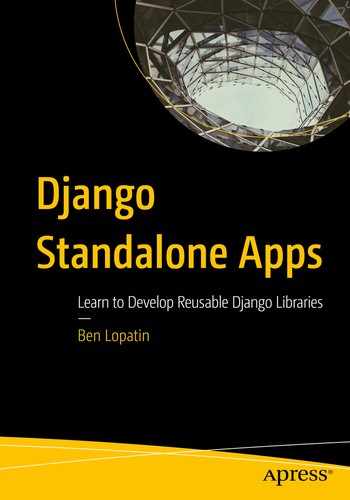0%
31Chapters
0-1Hours read
0kTotal Words
Book Description
Develop standalone Django apps to serve as the reusable building blocks for larger Django projects. This book explores best practices for publishing these apps, with special considerations for testing Django apps, and strategies for extracting existing functionality into a separate package.This jumpstart reference is divided into four distinct and sequential sections, all containing short, engaging chapters that can be read in a modular fashion, depending on your level of experience. The first section covers the structure and scope of standalone Django apps. The second section digs into questions about pulling code out of existing projects and into new standalone apps for reuse. The third section details additional, advanced technical best practices toward making standalone apps as broadly useful as possible. The fourth and final section covers strategies for managing a published Django app.
Django Standalone Apps is the perfect resource for developers who have at least some prior experience working with Django web applications and want to simplify their deployments and share their knowledge as open source packages.
What You'll Learn
- Scope a standalone Django app project for optimum usefulness
- Extract code from existing projects to reuse
- Test a standalone app outside of your Django project
- Reuse your own code for increased delivery cadence and code quality
- Review best practices for maintaining a Django app package
Who This Book Is For
Professional developers who work with Django. Deep expertise is not required or expected, but readers should have working familiarity with Django.
